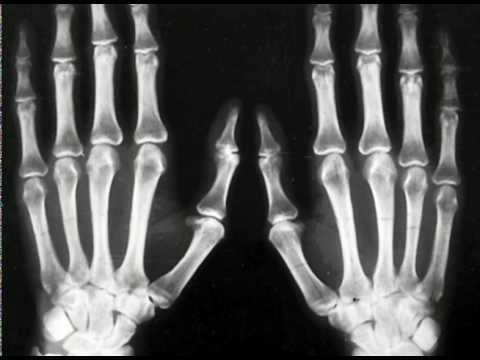Nephrotic syndrome: causes, clinic, treatment
Nephrotic syndrome combines a complexsymptoms, which are expressed in the allocation of protein in the urine in large quantities (proteinuria), a violation of lipid metabolism, electrolytes. Large losses of protein in the urine, causing hypoproteinemia, which leads to fluid retention in the cavities and tissues, there are swelling.
Causes of nephrotic syndrome
There are many diseases that lead tothe emergence of nephrotic syndrome. There are two forms of nephrotic syndrome: primary and secondary. The first form develops with kidney diseases: glomerulonephritis, amyloidosis, interstitial nephritis. The second form of the syndrome develops with systemic diseases (vasculitis, lupus erythematosus, scleroderma, etc.), oncological diseases, chronic infections, with severe allergic reactions and drug disease. All of the above diseases basically have a violation in the immune system. Under the influence of the causative factor, antibodies and immune complexes are formed that precipitate in the organs, including the kidneys.
In a healthy kidney, the capillary glomerular loops innephrons are a kind of filter that passes the substances necessary for excretion from the body and detains useful, including proteins. Due to some diseases, the capacity of capillaries is impaired, their permeability for large molecules, including proteins, is increased. This causes a large loss of protein in nephrotic syndrome. Because of massive proteinuria, the osmotic pressure of plasma decreases, hypovolemia arises, blood supply of organs decreases, including blood flow in the kidneys. Reduction of blood flow in the kidneys leads to increased production of aldosterone, renin, sodium elimination is slowed down and fluid accumulation takes place in the body. All these changes are combined into a nephrotic syndrome.
Manifestations of nephrotic syndrome
Nephrotic syndrome, symptoms of its manifestationare similar for different diseases. On the patients' body, one can see massive edema, changes in the skin and mucous membranes of a dystrophic nature. The accumulation of fluid is observed not only in tissues, but also in serous cavities: pleural, abdominal, in the pericardial cavity. In severe cases, a clinic of edema of the brain, retina of the eye develops. Nephrotic syndrome, caused by kidney disease, can be combined with arterial hypertension. To the above symptoms are signs of the underlying disease, aggravating its course.
Diagnostics
Identification of nephrotic syndrome of specialdifficulties does not represent. In the blood there is hypoproteinemia, dysproteinemia, hypercholesterolemia. The diagnosis of the underlying disease that led to the development of the syndrome is exposed according to the survey and examination of the patient, as well as during additional and instrumental methods of investigation. The nature of the kidney lesion is assessed by a kidney biopsy. With systemic lupus erythematosus, specific LE cells are found in the blood.
The most malignant nephrotic syndrome occurs with glomerulonephritis, lupus nephritis. The outcome of the disease can be chronic renal failure.
In the case of the allergic nature of the nephrotic syndrome or drug disease, with the elimination of the etiologic factor, it is possible to achieve a prolonged remission or complete cure.
Treatment
With the development of such a serious complication asnephrotic syndrome, treatment of diseases that lead to it, is carried out in a stationary environment. For the patient it is important to observe proper nutrition, aimed at replenishing protein losses, limiting the use of salt.
Drug treatment includes the use ofhormonal drugs, non-steroidal anti-inflammatory drugs, cytostatics are prescribed to suppress the pathological reaction of the immune system. To remove the liquid, potassium-sparing diuretics are used. They are used in combination with the administration of albumin, which increases the osmotic pressure of the plasma and facilitates the escape of fluid from the tissues.
The effect of treatment depends on the severity and course of the underlying disease.







